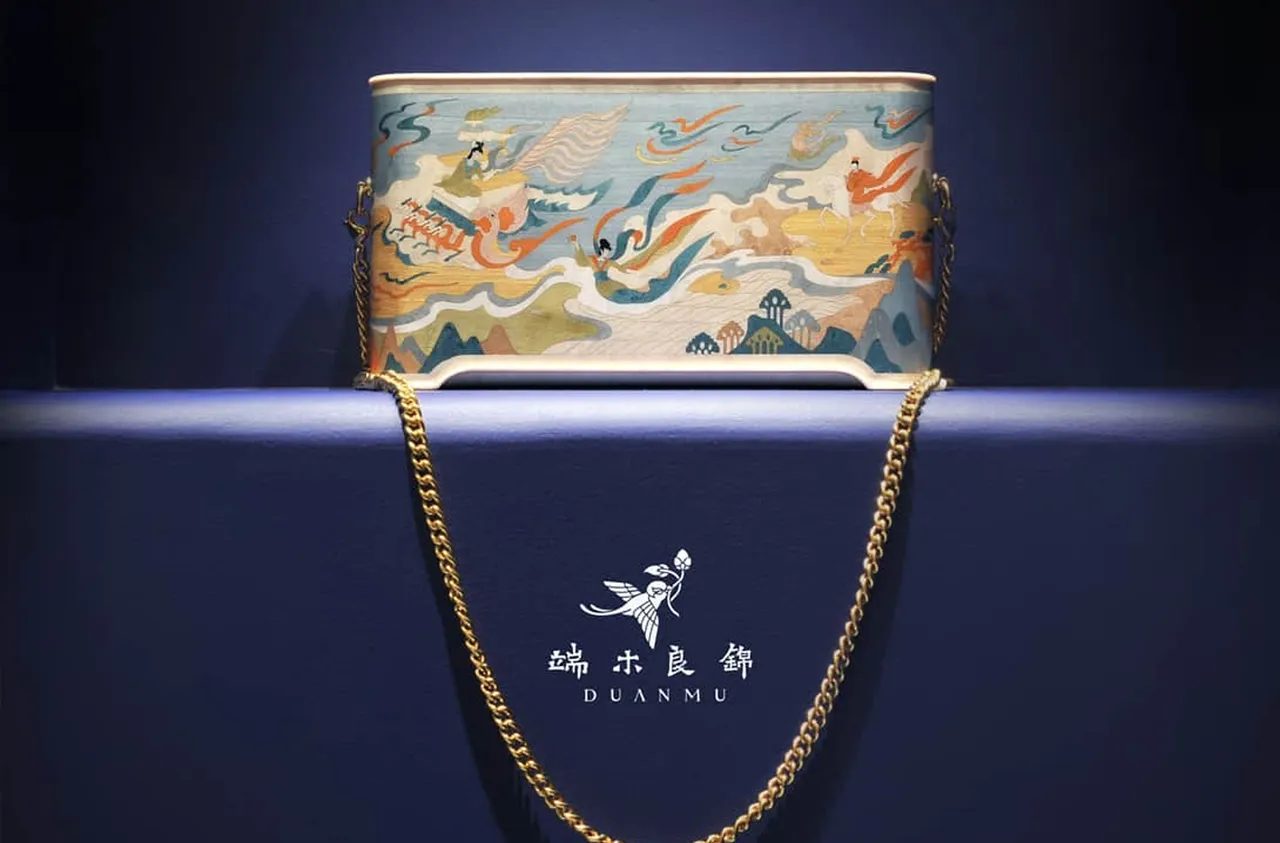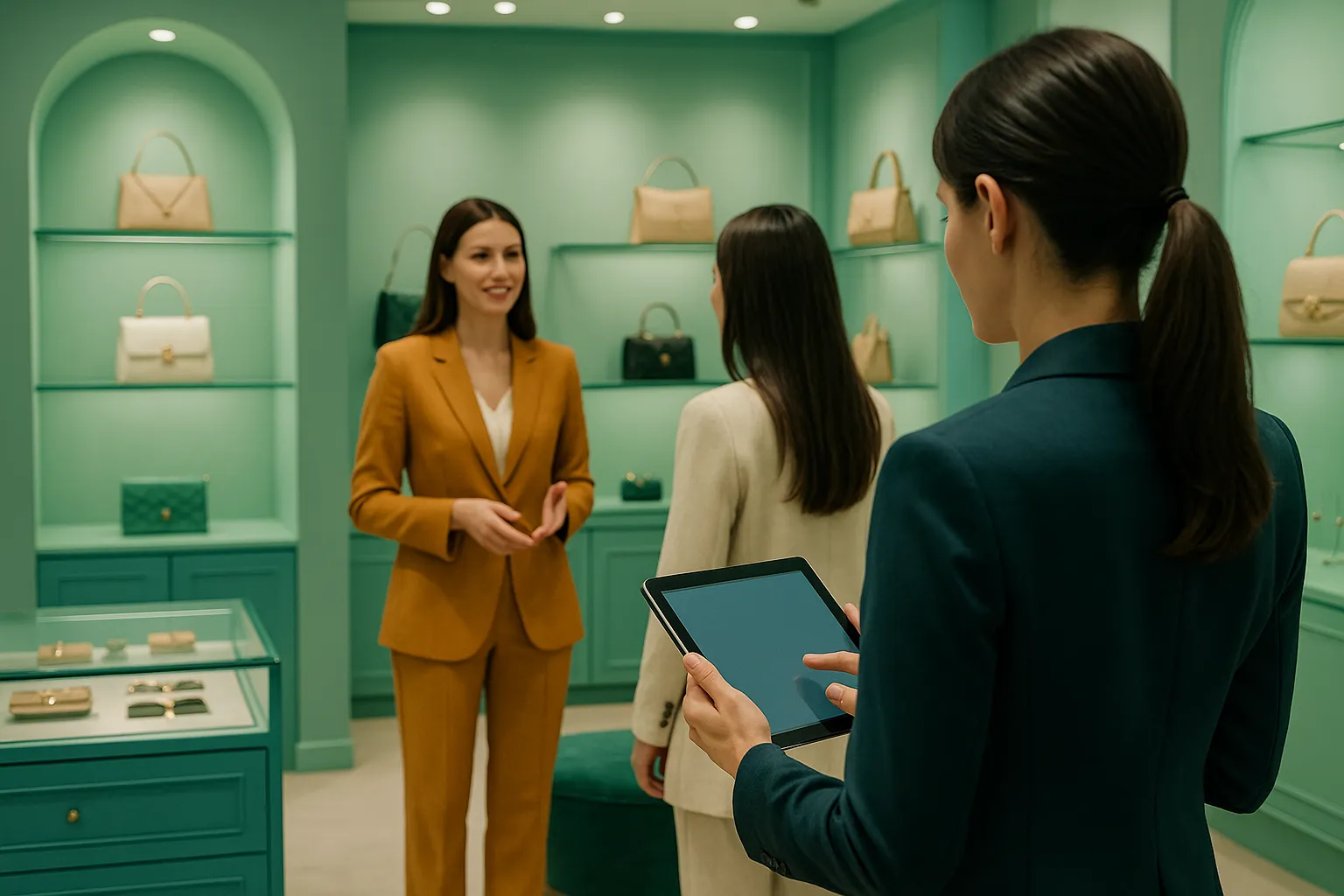Transforming The Luxury Industry For The New Normal
Amid more than six months of fighting the pandemic, the world has been thrust into new realities and new ways of living. The scope of Covid-19’s impact is undoubtedly wide, and many industries have had to transform the way they do business to adapt to changing consumer behavior.
As with most businesses, the luxury industry has felt the severe impact of the pandemic. There have been steep declines in sales across regions all over the globe due to mandatory store closures and reduced foot traffic. If this continues, some independent brands will likely struggle just to stay afloat, which could eventually lead to a wave of mergers and acquisitions that would change the face of the luxury industry. On a brighter note, these changes also paved the way to reach new markets, especially Generation Z and millennials.
Changes In Consumer Behavior
With many people’s travel plans on hold, travel shopping (more specifically duty-free shopping) is looking very unlikely. Chinese tourists known to shop in the megastores of Paris, London, Milan and New York are unable to do so and are instead opting to spend more locally. Even affluent consumers who are usually not as affected by economic uncertainties are cautious about spending on luxury items. Consumers are also more discerning about their purchases, preferring brands that espouse corporate social responsibility over others. Shopping trends have changed, and new ones are still rapidly emerging. To remain relevant, brands must differentiate long-lasting, structural trends from ephemeral ones and transform their business to adapt to the new normal.
Thrust Into The Digital Age
With online sales accounting for only 12% of their total sales in 2019, luxury brands have been cautious about embracing e-commerce. To me, that emphasizes the need for a more intimate relationship with their customers. However, the new normal has thrust the luxury industry into the digital age at an accelerated pace.
The CEOs we’ve spoken to are hastening their migration to omnichannel platforms. Their brands are leveraging social media platforms, such as WeChat and Instagram, as well as teleconferencing apps such as Zoom to create a more exclusive and personal relationship with their clients. They’re also holding virtual shopping sessions that can somehow replicate their traditional in-store experience.
The Transformation Of The Luxury Industry
Aside from migrating to digital platforms, luxury brands are making several other changes to conform to the evolving business landscape.
• Shifting their market focus: Without their usual flow of tourists, we’ve noticed that many brands are working to recapture local markets. Those with a robust market in their home countries are shifting their focus there. Conversely, those who rely more on foreign markets might have to close stores and divert efforts to other parts of the world. In China, for instance, consumers have been spending more at home. With Chinese clientele accounting for 35% of global luxury spending, we’ve seen some brands redirecting their investments to this key market. We can thus expect luxury brands to enhance their retail footprint in China.
• Broadening the function of stores: The role of the store is also changing. More than just a brick-and-mortar shop, we are seeing it become an experience center with a fully integrated and seamless omnichannel environment. It’s bound to function as both service and logistics center as well.
• Changing the role of the sales team: With business operations and market focus changing, the role of the sales team appears to be changing too. I think it will become ubiquitous as sales representatives connect with clients both in and outside the store through digital platforms. Sales teams must focus more than ever on fostering relationships; this will provide their clients with more value and ensure a deeper emotional connection with their brands. This customer-centricity will require the skills and competencies of people working in stores to evolve to match their extended roles. Workforce planning and key performance indicators will have to change too.
• Putting more emphasis on customer relationship management: In the new normal, customer relationship management (CRM) is paramount. Service now goes beyond the store and interactions are even more personal. Customers expect a unique point of contact for queries or problems they encounter, and they expect such contact to be available at any time. Brands will have to leverage CRM heavily to connect with and manage their clients. This will help streamline processes, improve customer relationships and boost profitability.
• Highlighting seamless customer experience: With the shift to omnichannel, customer satisfaction will be measured mostly by how a brand delivers seamless customer experience across all channels. Luxury brands will need to underscore the importance of giving their clients a distinctive and luxurious online experience. They must strive to capture the hearts and minds of their clients to remain highly competitive in the industry.
• Paying greater attention to corporate social responsibility: With consumers becoming more conscious of social issues, CSR efforts are even more of a key element that influences a consumer’s decision to purchase from a brand. Brand image can be significantly affected by a brand’s stance on gender equality, responsible sourcing and other issues. Many luxury brands are therefore putting even more emphasis on the importance of their CSR and how they can involve their consumers in these initiatives.
A Silver Lining For The Luxury Industry
While the current state of the luxury industry may seem bleak, I think we can expect a more robust future once the pandemic is over. Consumers who delayed their purchases will most likely return to their previous spending activities.
Moreover, with the shift to e-commerce, luxury brands have the opportunity to reach a wider Gen Z and millennial market. Although some brands may have been unwillingly thrust into digital transformation, this provides them with a great opportunity to establish a new market and sustain future growth.
For now, brands must continue to adjust and adapt to the changes brought about by Covid-19. Finding ways to be more consumer-centric through agile digital platforms is the best way to stay engaged with consumers.



